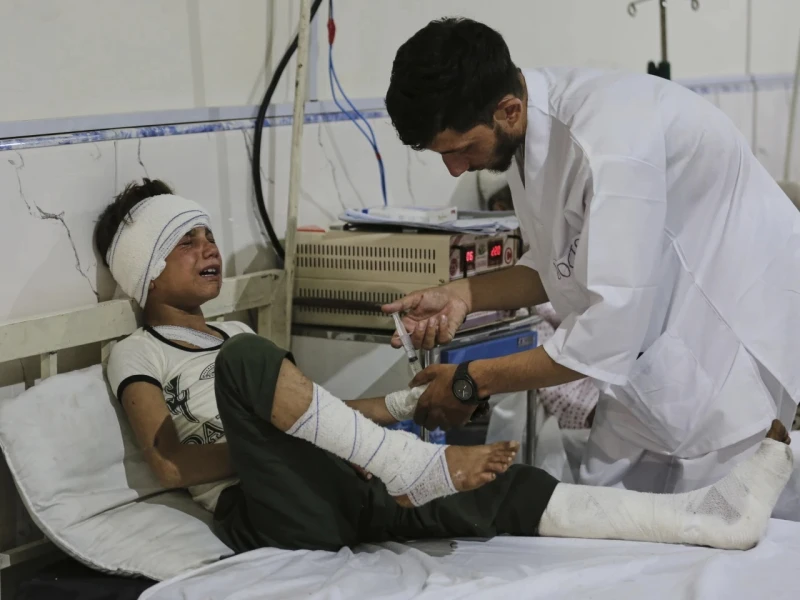Ahmad Khan Safi once lived a peaceful life in the lush Dewagal Valley of Afghanistan’s Kunar Province. The farmer raised livestock, built a modest 10-room home of mud and stone, and welcomed visitors who came from across the country to marvel at the valley’s steep slopes and winding paths.
When a powerful earthquake struck on Aug. 31, killing more than 2,000 people, Safi’s home collapsed on top of him. “I was trapped in the mud and couldn’t breathe,” he recalled from a hospital bed in Jalalabad. “I struggled to get out, but rocks hit me, and I fell so hard my leg was injured.”
He spent the night under rubble, unsure if his family had survived. By morning, neighbors from nearby districts arrived on foot to pull survivors from the wreckage. Safi was carried out on the shoulders of fellow villagers.
The devastation in Dewagal Valley was near total. “There was not a single household without dead or wounded people, and not a single home was left standing,” Safi said. He lost 22 family members, including children, nephews, nieces, and his elder brother. Seventeen others were injured. His family’s 300 cows, sheep and goats — their livelihood — also perished.
Remote and rugged Kunar has made rescue efforts nearly impossible. Taliban authorities deployed helicopters and commandos, but the valley lacks a landing site, and no vehicles or heavy machinery can reach it. Many injured died before help arrived.
Entire families were wiped out. One of Safi’s neighbors, Ghulam Rahman from Chawkay District, lost his wife and five children. He was pinned under rubble for half an hour, lying next to his wife as she prayed with her final breaths. Only two of his seven children survived.
“We had everything, and now it’s destroyed,” Rahman said. He buried his family on farmland and pleaded with authorities for safer, flatter ground. “I can’t go back. I see dead family members everywhere.”
The U.N. estimates the quake has affected up to 500,000 people, more than half of them children. Roads, bridges and water sources have been destroyed. Landslides and flooding triggered by rain have worsened conditions, and most survivors now live under open skies.
An assessment by Islamic Relief found just 2% of homes in Kunar remain intact. “What are we going to do with this life?” Safi asked.


 Prev Post :
Prev Post :
